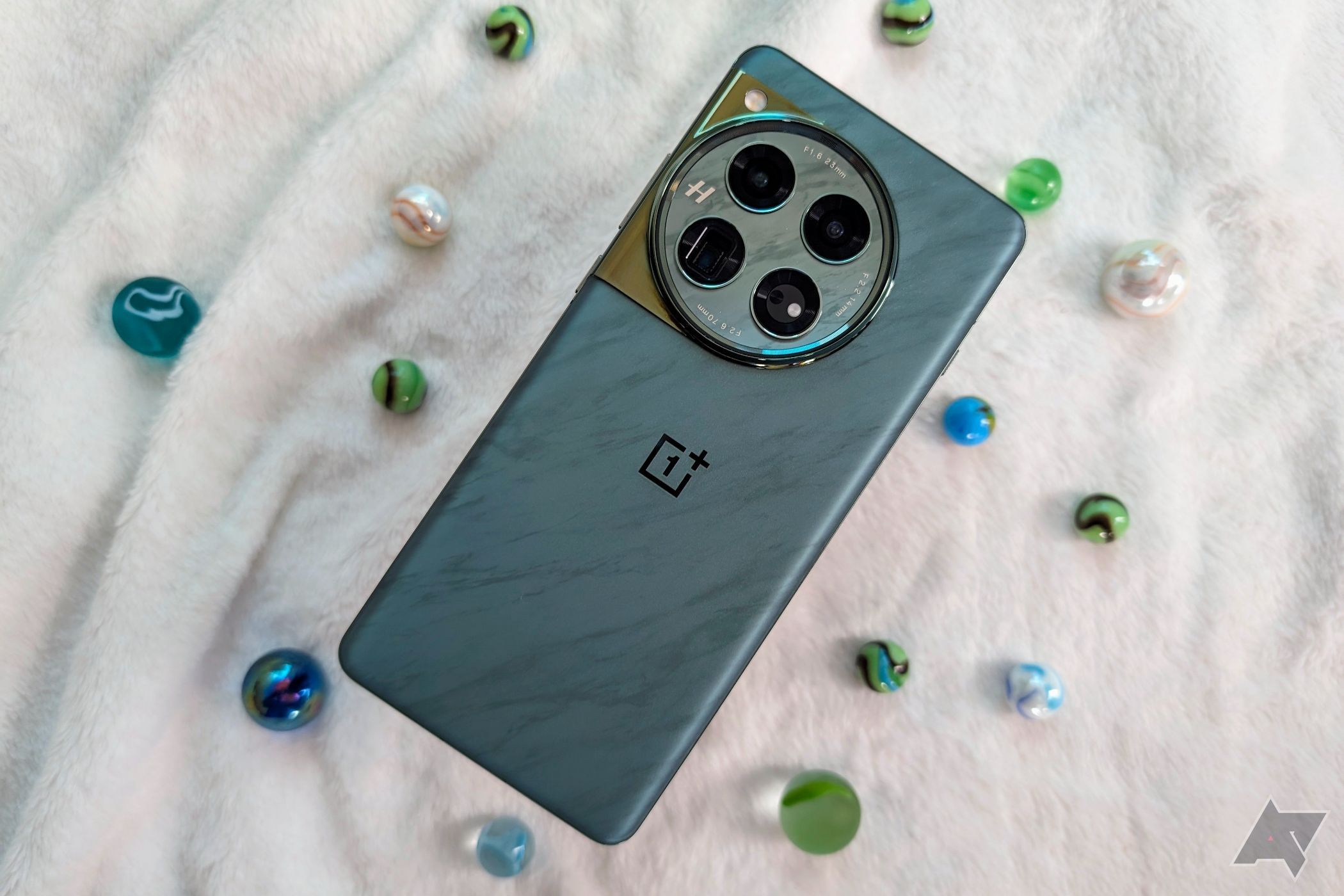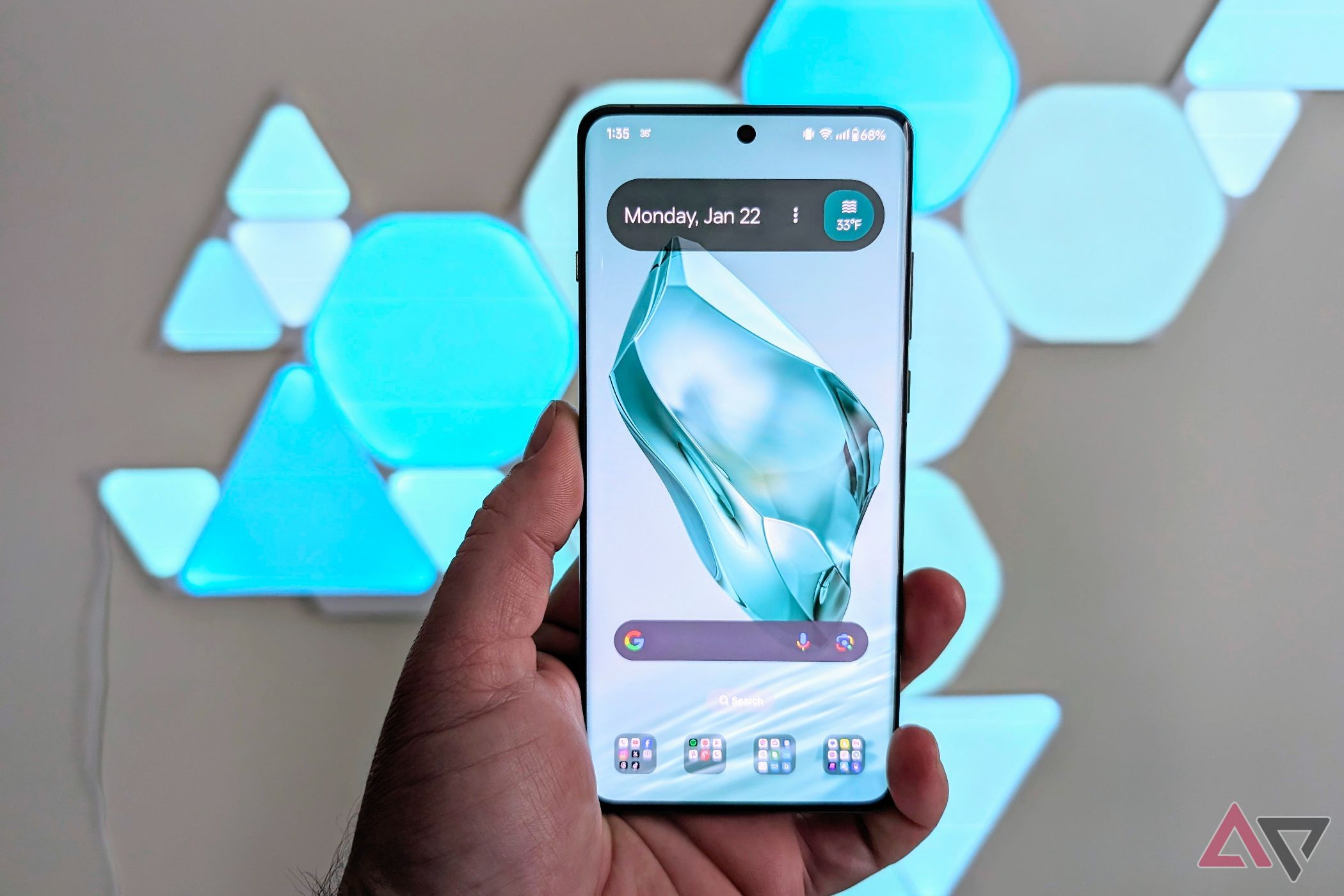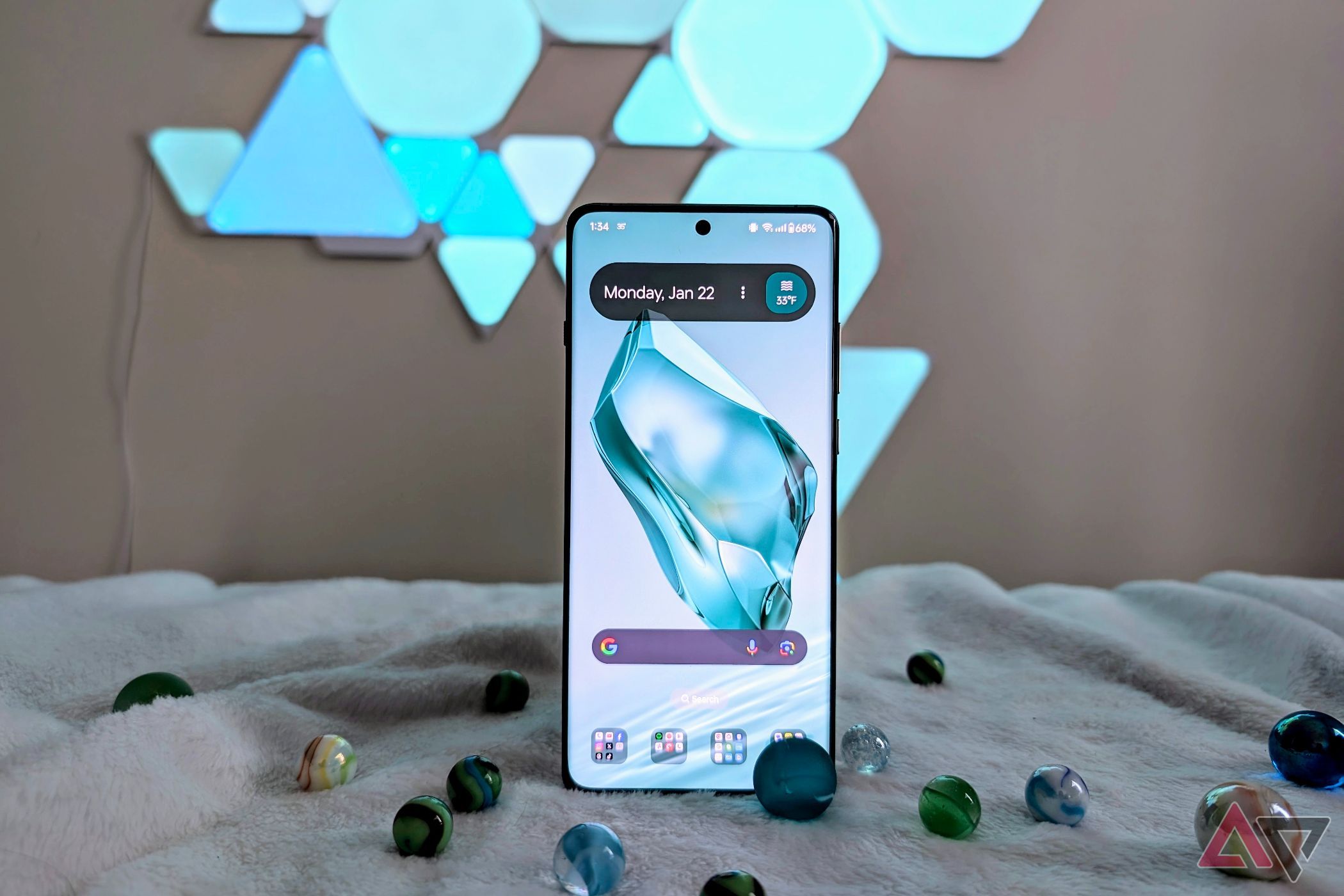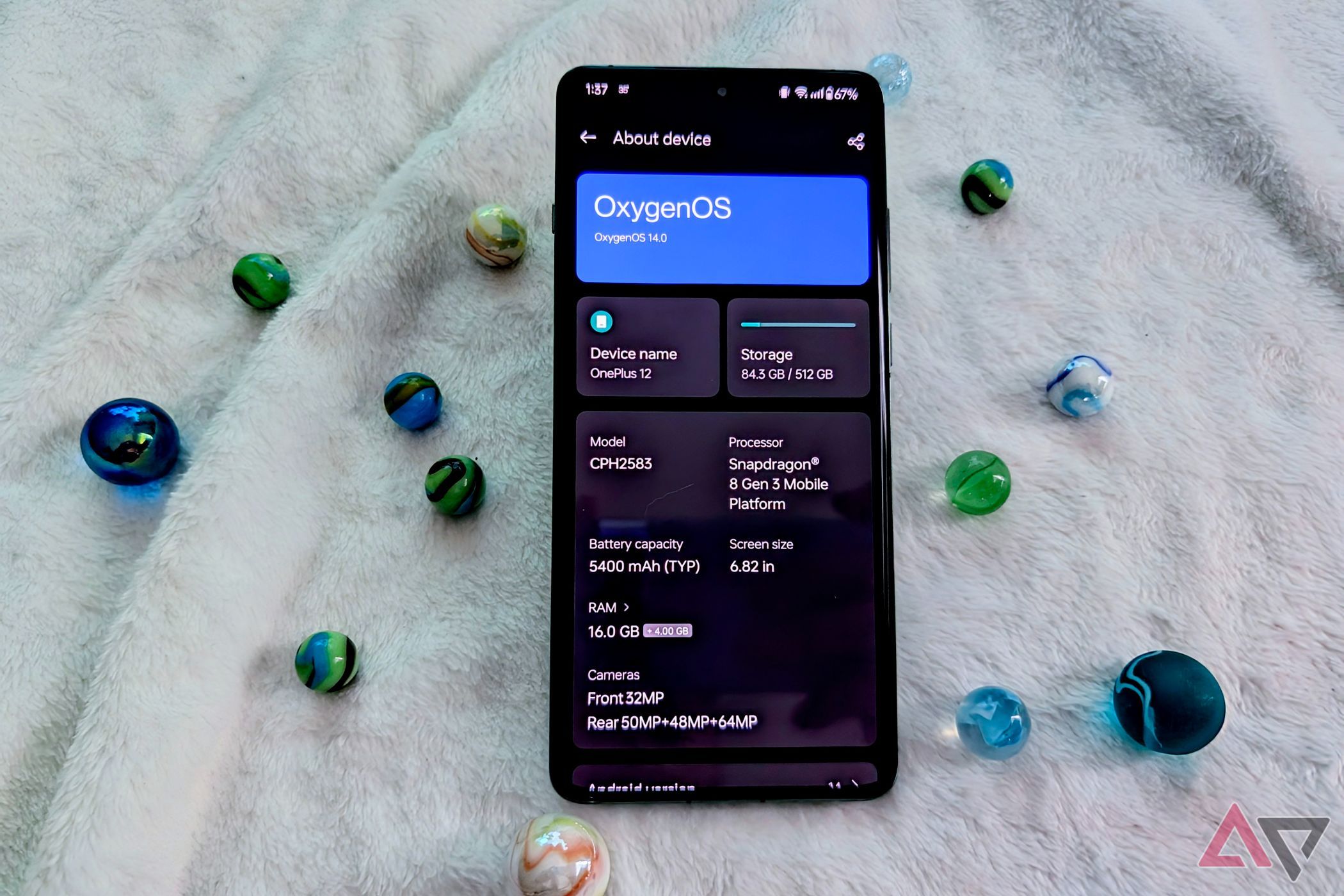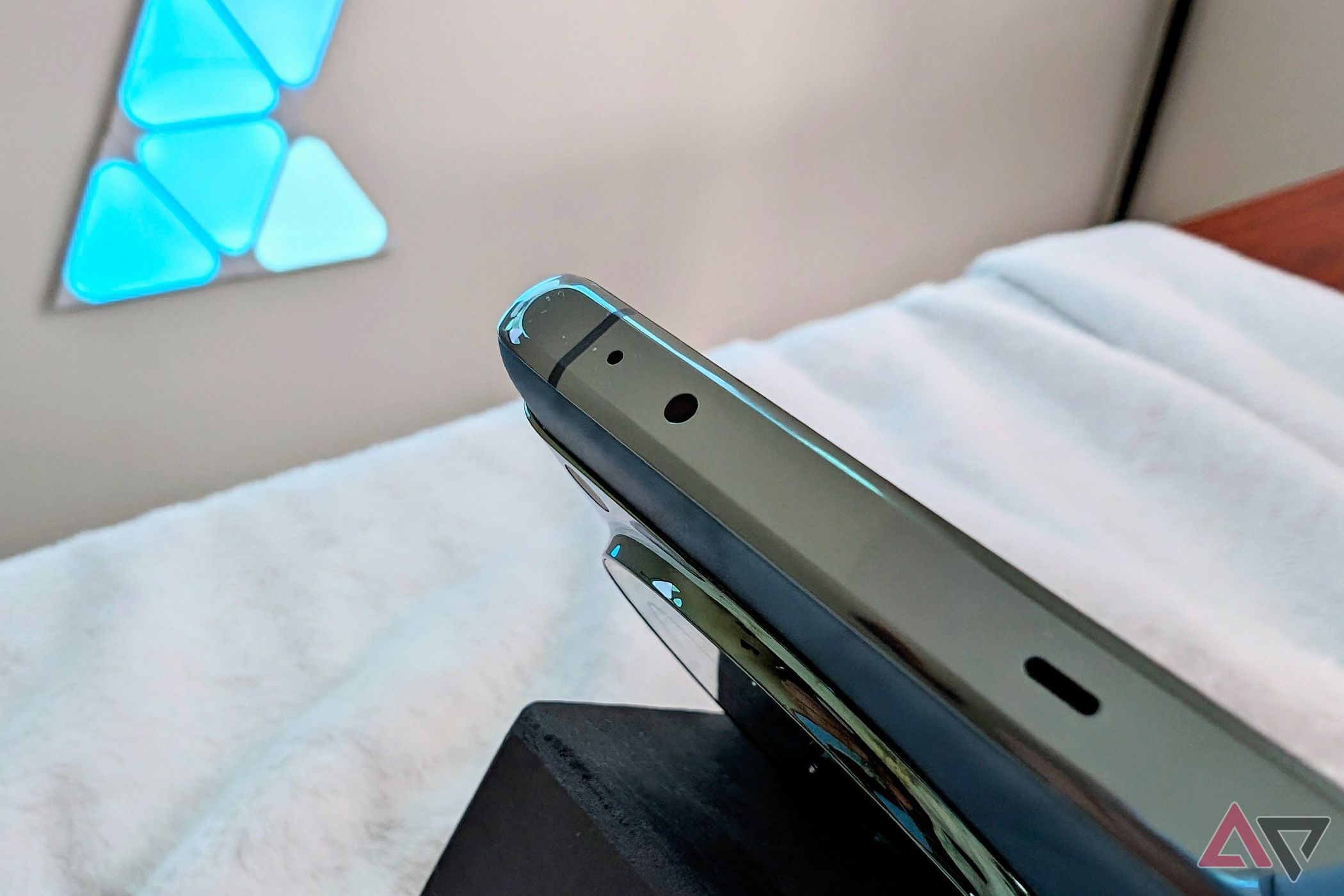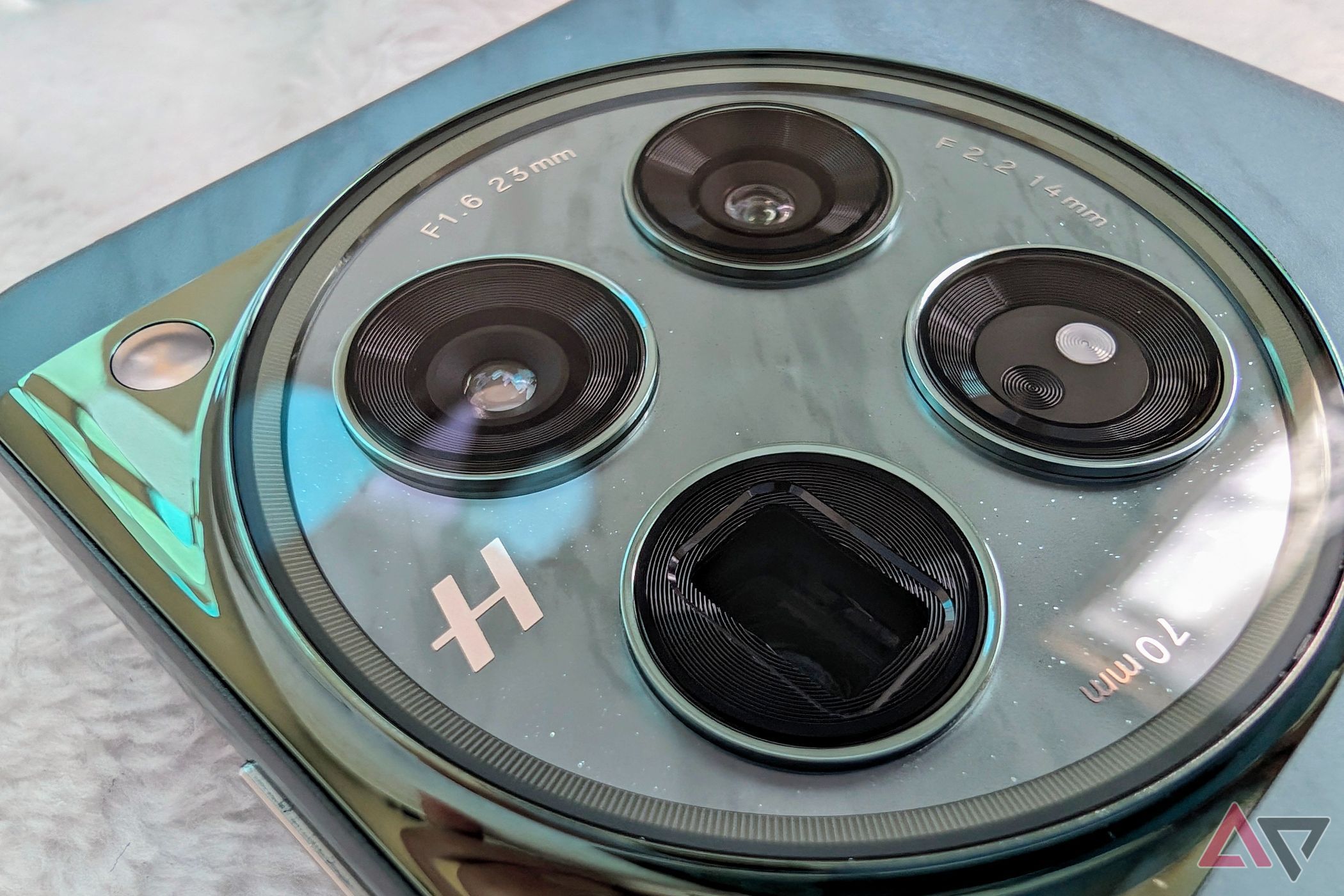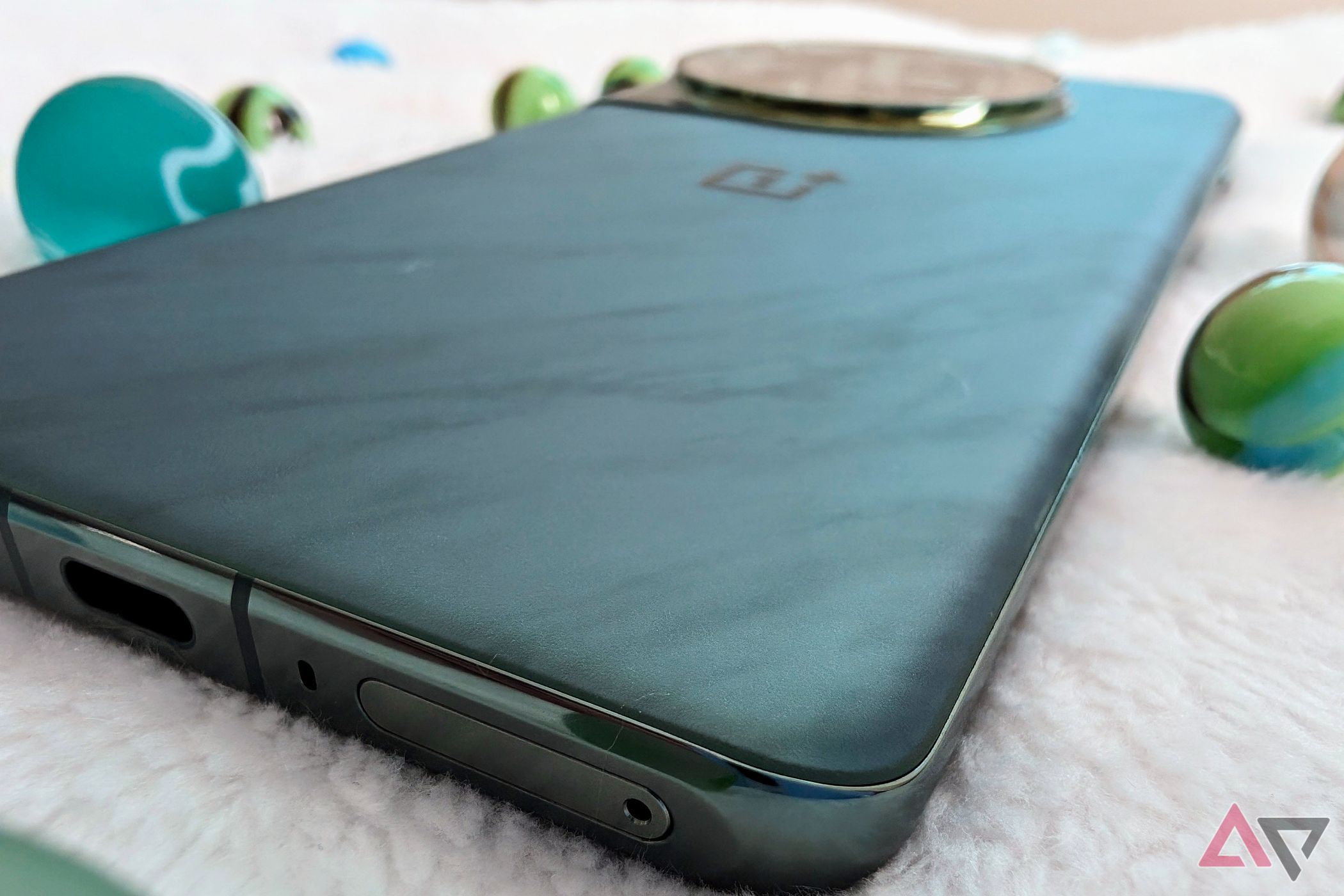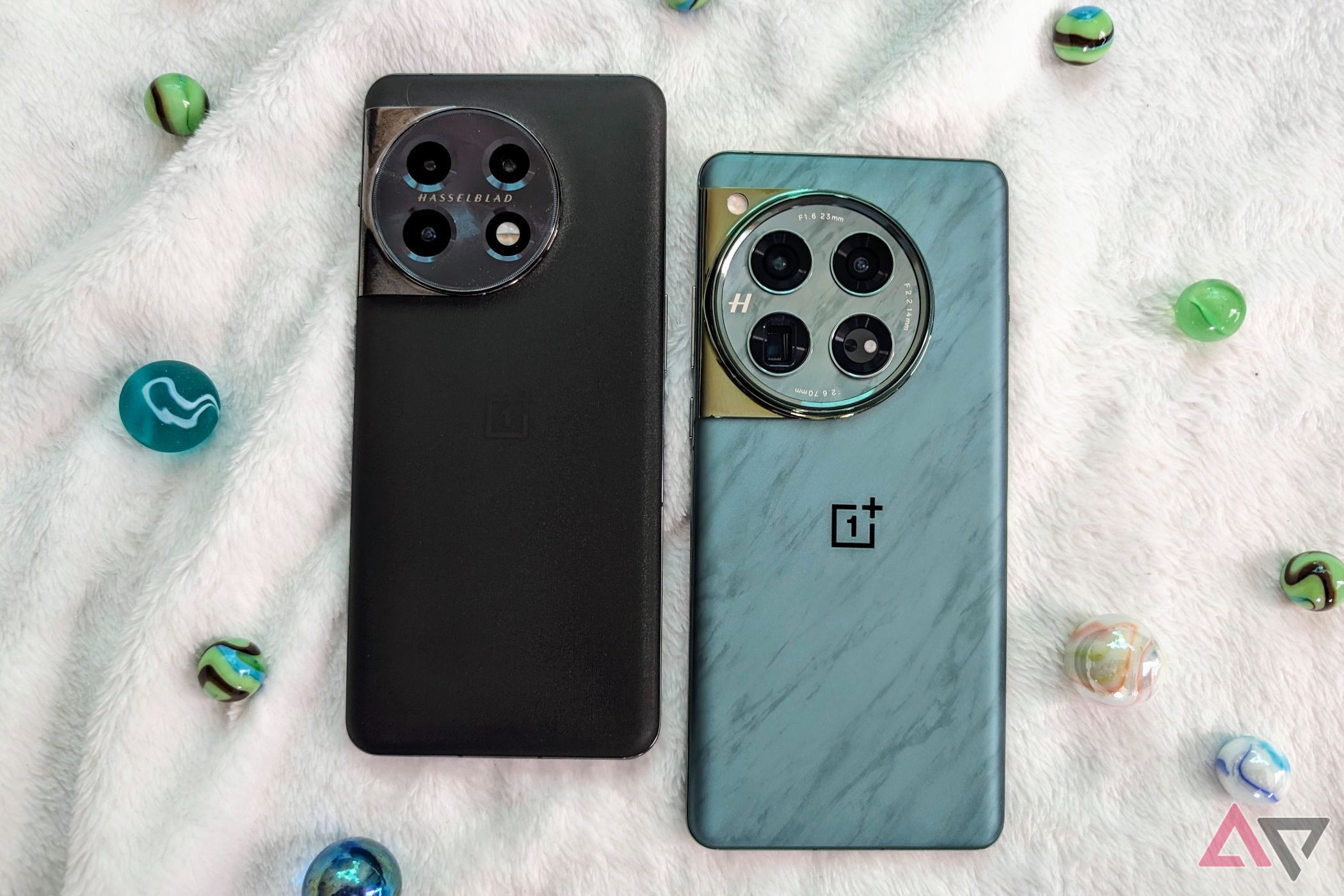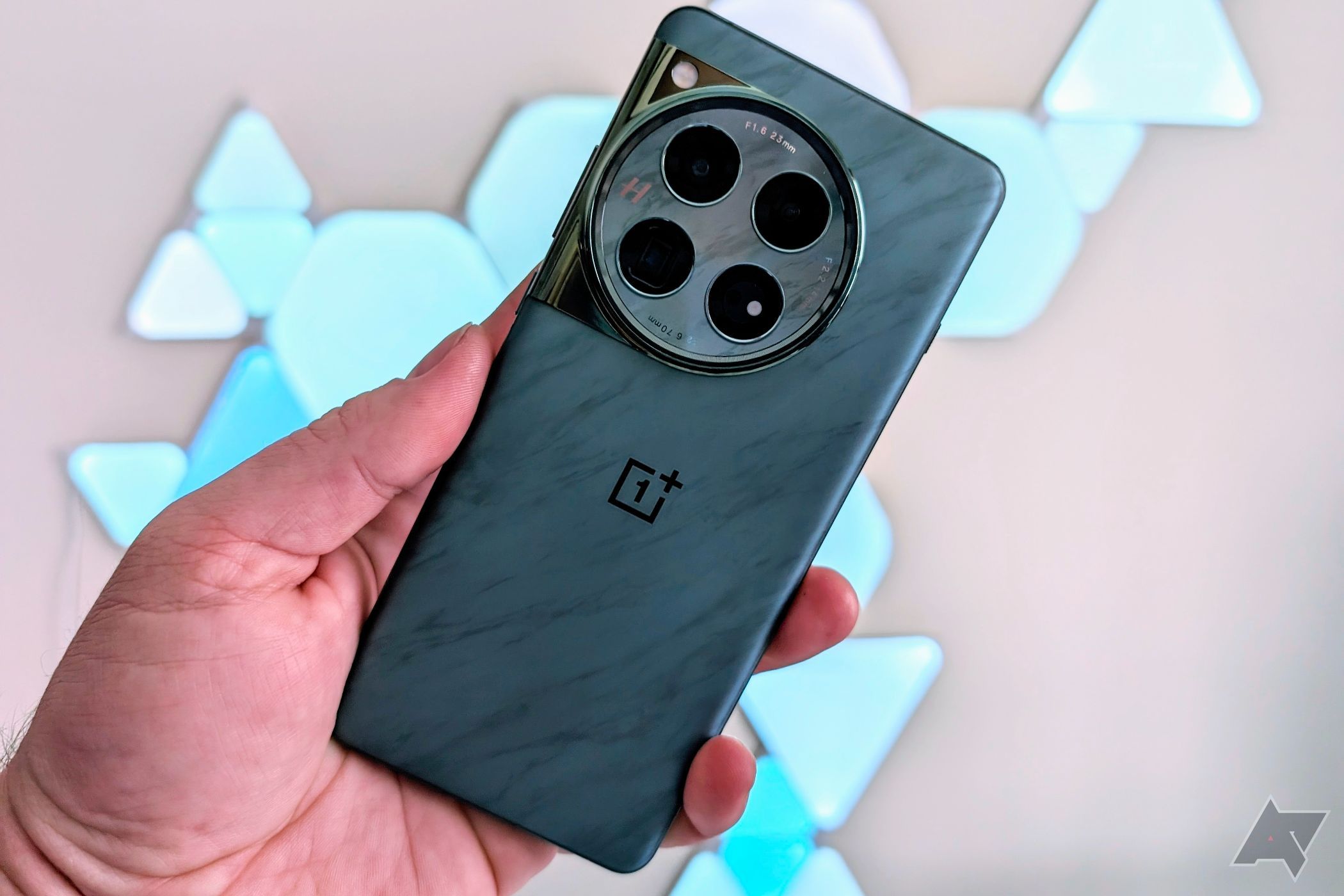Since the OnePlus One release just shy of a decade ago, the company has been supplying Android fans with phones with a primary focus on performance without breaking the bank. Some could argue that it may have strayed from that path with a couple of generations of devices, but it seemed to truly get back on track with the OnePlus 11 from 2023.
Now here we are midway through January 2024, and we’re coming out of the gate strong with the OnePlus 12. In the nearly two weeks that I’ve spent testing this phone as my daily driver, it is clear to see that OnePlus has learned from last year’s handful of mistakes. Aside from upgrading this phone to the latest internal specs, OnePlus is putting some big firepower behind the camera system. I’ve put the OnePlus 12 through everything that comes with being a daily driver: photo tests, gaming sessions, and pushing the limits of its display, all to see if the phone is capable of taking on the big boys in the Android ecosystem. Spoiler — it is.
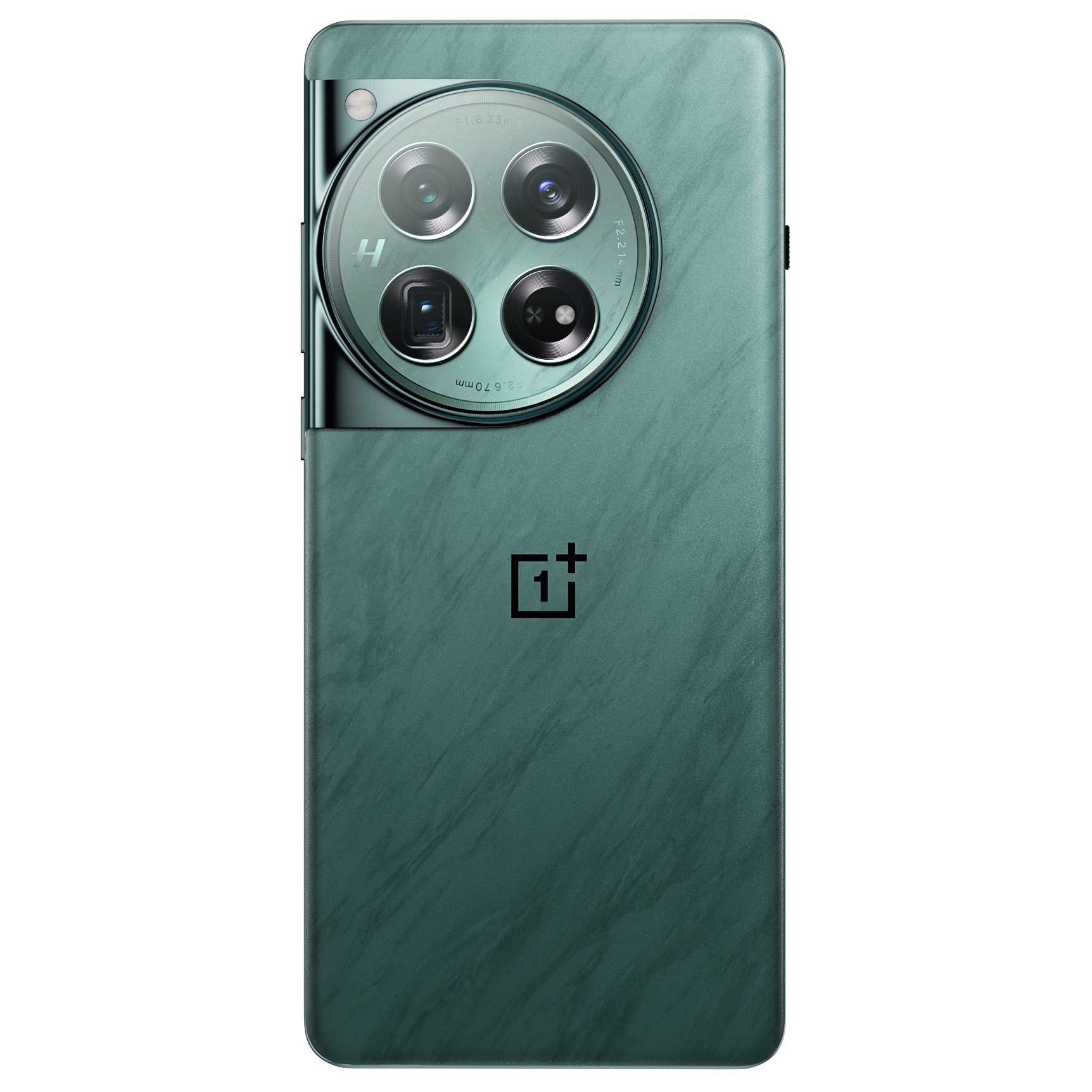

OnePlus 12
Editor’s choice
The OnePlus 12 packs impressive internal specs, making for a truly impressive device that never seems to stutter or slow down. The display is fantastic, with brightness reaching 4500nits. Pair all this with the best camera system and software yet from the brand, and you’ve got a phone capable of nearly anything you need.
- SoC
- Qualcomm Snapdragon 8 Gen 3 with CPU-Vitalization
- RAM
- 12GB/16GB LPDDR5X
- Storage
- 256GB/512GB UFS 4.0
- Battery
- 5400mAh
- Ports
- USB-C
- Operating System
- OxygenOS based on Android 14
- Front camera
- 32MP f/2.4 with EIS
- Rear camera
- 50MP f/1.6 with OIS, 48MP f/2.2 ultrawide, 64MP f/2.6 3x telephoto shooter with OIS
- Connectivity
- Wi-Fi 7, Bluetooth 5.4, IR blaster, USB 3.2 Gen 1, NFC
- Dimensions
- 164.3 x 75.8 x 9.2mm
- Colors
- Flowy Emerald, Silky Black
- Display type
- LTPO AMOLED 1-120Hz, HDR, Pro XDR, Dolby Vision, PWM dimming 2160Hz, 4500nits
- Weight
- 220g
- Charge speed
- 80W Wired SUPERVOOC, 50W AIRVOOC
- IP Rating
- IP65
- Price
- From $800
- Display dimensions
- 6.82-inch
- Display resolution
- 3168 x 1440
- Charge options
- 100W wired, 50W wireless
- SIM support
- Dual nano-SIM slot
- Cellular connectivity
- 5G, mmWave, LTEv
- Wi-Fi connectivity
- Wi-Fi 7
- Bluetooth
- Bluetooth 5.4
- Performance is top-notch
- The display is fantastic
- Great battery life
- A highly competent camera system
- Some annoying software inconsistencies
- Optical fingerprint reader should be retired
- Can’t buy at carrier stores
Pricing and availability
Taking the good with the bad
OnePlus is offering its latest slab phone in two variants and two color choices. The classic Silky Black model is available in two configurations of 12GB RAM and 256GB storage or 16GB RAM with 512GB of storage with pricing at $800 and $900 respectively. For the other color, OnePlus is bringing us a fresh take on last year’s Emerald Green with Flowy Emerald. This model is only available in the 16GB RAM with 512GB configuration, priced at $900.
Unfortunately, this phone won’t be found in carrier stores. But on the plus side, there are some pretty great preorder deals on the OnePlus 12 through Amazon, Best Buy, and OnePlus directly. Amazon is offering a free storage upgrade, six months of Google One, and three months of YouTube Premium. Best Buy is doing the same free storage upgrade and trial offers as Amazon, but if you activate at Best Buy, you’ll also save $100 on the 256GB variant.
But if you are trying to get the best deal and save the most money, going directly through OnePlus will be the way to go. Aside from a guaranteed at least $100 off with a trade-in of any phone in any condition, depending on the device and condition of the phone you are trading in, you can save up to $700. This combines with a free AIRVOOC wireless charger and the same Google services trials.
Design and display
Greatness in familiarity
I have to start off by saying that I think we’ve reached a point where smartphone designers are holding onto their creations for too long. Apple has been shipping essentially the same design for years now. Samsung is nearing the same tired status as Apple with its latest rehashed design for the Galaxy S24 series. Google is on the third iteration of its camera bar concept, and OnePlus is in the same boat as Google with a design that mirrors what came before.
I’m not saying I think the new OnePlus 12 looks bad, and I don’t think things should be changed just for the sake of change. But a phone is a personal device that most people hang onto for at least two years, and when it’s time for a new device, most don’t want to get something that looks nearly the same as what they’ve hauled around the past two years.
OnePlus has honed its design language to a fine sheen, and the OnePlus 12 should be the last to use it.
With all of that said, the OnePlus 12 does look nice. I especially like the Flowy Emerald colorway that I have been testing. It’s reminiscent of the green hue from previous OnePlus flagships, but with Emerald Green but adds in some monochromatic marbling to really differentiate itself from the competition with the matte-finished Gorilla Glass 5.
Wrapping around the phone is the aluminum frame, which is polished and tinted green to complement the back glass. The Silky Black variant, meanwhile, looks nearly identical to the OnePlus 11 in Titan Black. Like the previous two OnePlus phones, the side rail wraps around the back of the phone at the camera module to better integrate the puck into the overall design. One of the changes from last year’s phone to this year’s is that both the volume and power buttons are on the right side, with the alert slider moved to the left side.
As for that circular puck camera housing, it gets a matching texture and color of the back glass to better blend in, as opposed to the black circle that was on both color options of the OnePlus 11. The circle also grew a bit larger compared to the previous model as well. Within the circular camera housing, OnePlus has listed specs for each camera sensors. They aren’t overly noticeable, but it’s an interesting choice.
Moving onto the display, it is a 6.82-inch LTPO AMOLED with a variable refresh rate from 1-120Hz. It supports HDR, Pro XDR, and Dolby Vision with an eye-friendly PWM dimming of 2160Hz. Topping it all off is a peak brightness rating of 4500nits. This rating makes it the brightest display around, beating out the top Android phones. I tested it outside with full snow coverage on the ground and bright sunlight above, and I had no issues at all seeing what was on the screen.
A new feature for the OnePlus 12 is what the company is calling Aqua Touch. It is supposed to help with using the touchscreen when either your fingers or the display itself is wet. I tested it a bit with some water on the screen and tried unlocking the phone with a pattern, and it worked fine. I also swiped around the phone in the app drawer, scrolled through social media, opened emails, and everything seemed to operate as expected. When trying the same thing on my OnePlus 11, I ran into more than a few errors.
I would’ve liked for OnePlus to drop the optical under-display fingerprint scanner for the capacitive option on the OnePlus Open or go ultrasonic with the under-display reader, but it is what it is. The scanner works, but it can sometimes be a bit slow, and the bright light needed to make the read can be obnoxious in dark environments.
Software and performance
Still a speed demon
The OnePlus 12 is running the company’s Android skin called OxygenOS on top of Android 14 on the January 5, 2024 security patch. The UI and other features look and feel just as it does on the OnePlus 11 and the OnePlus Open when navigating from the front screen. While OxygenOS isn’t everyone’s cup of tea — it wasn’t mine for a good while either — after forcing myself to stick with it because I like the Open so much, it has really grown on me.
There are some quirks that I don’t like, such as not being able to go to an app’s permissions screen from the app switch page like I can on most other Android devices. But overall, I feel that there are enough customization options and features that I do enjoy that I can mostly deal with the oddity here and there.
However, there is one quirk that really bothers me: the option to snooze a notification that is missing entirely. For things like reminders, this omission is super frustrating. What makes this worse is the inconsistency, as OnePlus has it on the Open and 11. Sure, the Open is still on Android 13, but the OnePlus 11 is on Android 14, running a different build than the 12. I hope that this is just a bug on the part of OnePlus, and it isn’t a feature that’s going away for the brand.
If you were thinking that OnePlus may have settled in the performance department for the latest smartphone, you’d be wrong — speed is what OnePlus is known for. With the latest Qualcomm Snapdragon 8 Gen 3 supported with either 12GB or 16GB of LPDDR5X RAM, the phone flat-out zooms. Whether I was jumping between apps, typing out an email, editing photos, playing games, or watching a YouTube video in a pop-out window while scrolling sports scores, the OnePlus 12 never broke a sweat.
Working in tandem with Qualcomm’s processor, OnePlus is deploying CPU-Vitalization technology that’s part of the OEM’s proprietary Trinity Engine. Essentially, this software layer works with the SoC to better plan out tasks to balance performance and power requirements. The goal is to deliver a top-notch user experience without over-taxing the battery. Without another Snapdragon 8 Gen 3 to test the OnePlus 12 against, it’s tough to say how much of a difference this system makes, but regardless, the phone performs very well.
For those interested in some numbers, here is a comparison of Geekbench 6 results between the OnePlus 11 and OnePlus 12. Just remember that these benchmarks are not indicative of how good or bad a phone is and should only be used as a single point of reference.
|
Device |
Single-core |
Multi-core |
GPU |
|
OnePlus 11 |
1759 |
4535 |
8488 |
|
OnePlus 12 |
1186 |
5016 |
13631 |
Along with the raw power from the SoC and the supporting RAM, the OnePlus 12 is also introducing a new cooling system called Dual Cryo-velocity Cooling System. Now, this isn’t the same system that was shown off in the OnePlus 11 Concept back at MWC in 2023, but it still provides some impressive cooling power to keep the device from overheating or even feeling warm when being pushed.
Spatial audio has been getting a fair amount of attention over the last year or so, and OnePlus added the feature to its latest flagship. The new 3D audio feature works best when using headphones and tries to give the illusion of sound coming at you from all directions, more so than traditional stereo sound. It works OK, though I wasn’t overly impressed with the feature. But the built-in speakers do sound really nice and support Dolby Atmos.
Camera
A capable, complete camera system
When OnePlus released its first foldable with the Open last year, it stepped up the camera game so much that I have zero concerns with it as my daily driver. With the OnePlus 12, that experience has carried over along with some improvements. For hardware, the OnePlus 12 has three cameras on the backside — a wide-angle 50MP f/1.6 with OIS, a 48MP f/2.2 ultrawide, and a 64MP f/2.6 with 3x optical telephoto shooter with OIS. In addition to the 3x optical zoom, there is also a 6x in-sensor zoom then a maximum 120x hybrid zoom.
The camera app has plenty of different shooting modes from your traditional photos, videos, portrait, and panorama. There’s also Master mode, which allows for shooting with both manual settings and, bizaarly, an auto mode of its own. To be honest, I’m not sure why it exists. When using the auto option in the Master mode, the system adds a vignette effect and adjusts sharpness, which you can further tweak if you want. I’m just not sure why that mode isn’t just the standard shooting option.
Here are some photo samples from the rear cameras:
I was impressed with the depth of field and light balance. For the most part, during my testing of the phone, my weather has been cold, snowy, and gloomy. The OnePlus 12 did a good job of not letting the whites get blown out and retained good details in the subjects. The macro shots were crispy, with good color and detail retention. The photo of the cat by the barn surprised me as the cat was walking towards me at a good pace, and the camera managed to capture it without motion blur.
These next photos show the ultra-wide lens in standard setting, followed by shots with the Hasselblad X-Pan mode enabled.
These are some photo samples showing how the OnePlus 12 handles low-light photography with Night Mode on and off.
Photo samples: OnePlus 12 Night Mode on first, standard mode second.
Lastly, I compared the OnePlus 12 to the 11 in different lighting and shooting modes. Both of the OnePlus phones took solid photos, with the OnePlus 12 coming out on top and making a case to reach our best camera phone list. But I think the OnePlus 12 did more than just keep up. In some shots, I actually preferred the photos from the OnePlus device over its more popular rivals.
While OnePlus has avoided most of the AI tools you’ll find Samsung or Google pushing, all modern phones use some form of AI or machine learning when processing photos. You won’t find things like Google’s Best Take feature or Magic Editor, but the processing OnePlus is using does a good job of walking the line between Google’s and Samsung’s imaging theories.
Photo samples: OnePlus 12 first, OnePlus 11 second.
Zoom photo samples: OnePlus 12 first, OnePlus 11 second.
Around the front, the OnePlus 12 has a new 32MP sensor over the 16MP from the OnePlus 11. The photos look good coming out of it in both regular and portrait mode. One thing of note when shooting with the front-facing camera is that what you see in the viewfinder won’t resemble how the image looks when it finishes processing.
The lights behind me in the samples below were nearly white in the preview, but after processing, the colors finally appeared — possibly a bit too saturated, but they’re there nonetheless.
Battery life
Power to spare
Battery life on the OnePlus 12 has been great. The 5,400mAh battery has had zero issues getting me through a full day, with around 30% left in the tank as I head to bed. It would likely be better, but I tend to have a few different apps that ping my location regularly throughout the day for geofencing purposes with my smart home systems. One night I forgot to put my phone on the charger and woke up with just 2% left on the device. I’ll drop the screenshots below so you can see the full picture of how it did.
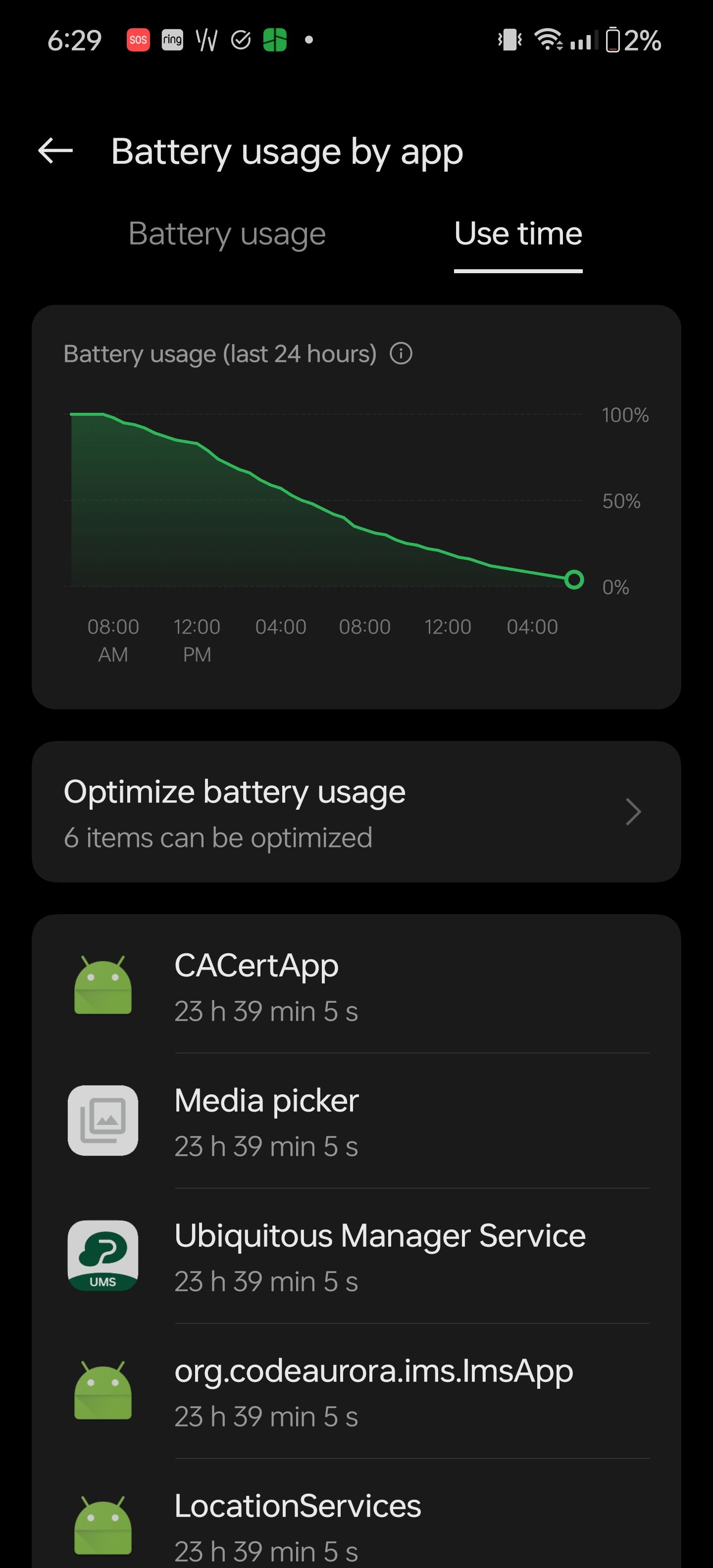
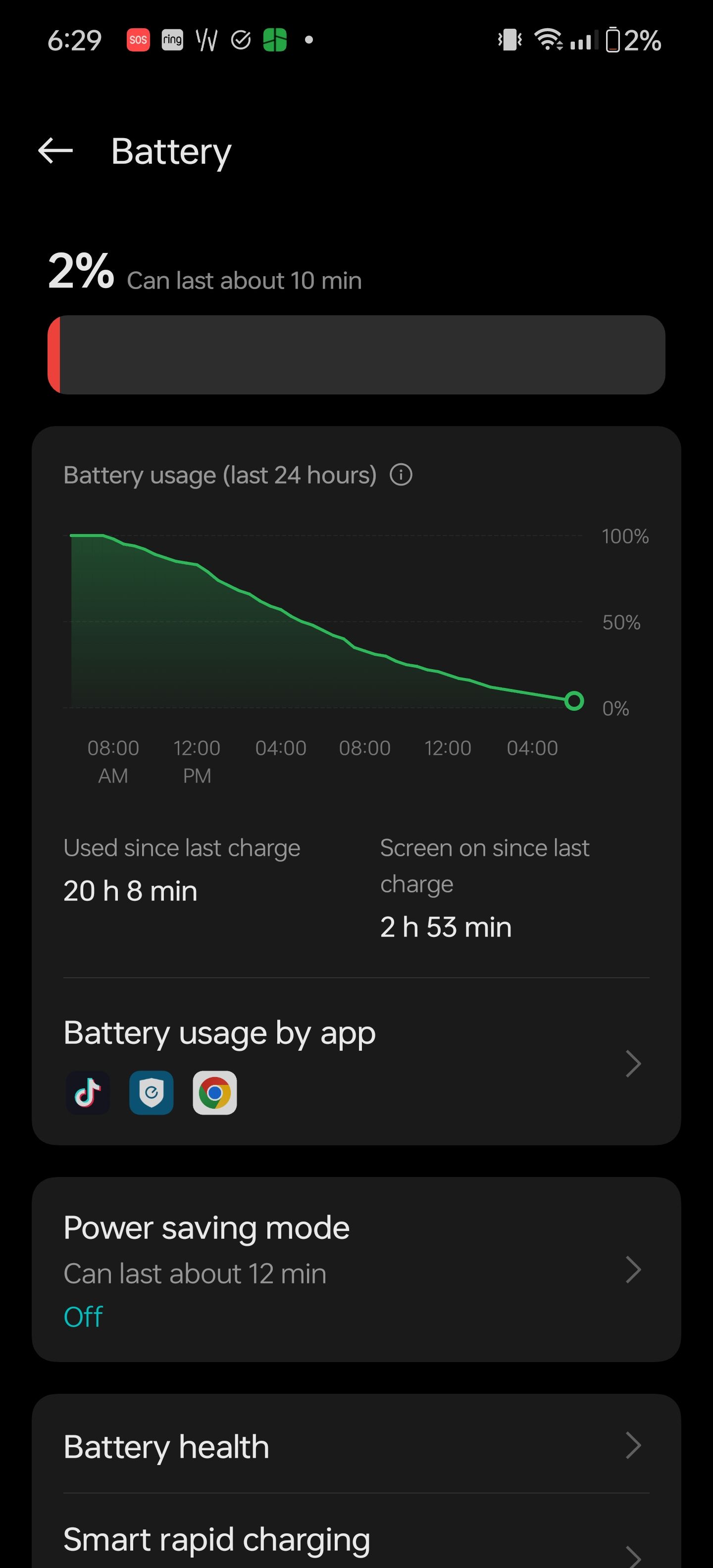
When it comes to charging, OnePlus has never been a slouch. You get a wall adapter in the box that supports 80W SUPERVOOC along with the iconic red USB-A to USB-C cable. When not using the included charger, the fastest I ever saw was 28W. The big addition — or re-addition — this year is wireless charging, which is back for the first time since the OnePlus 10 Pro. The phone can charge wirelessly as fast as 50W if using the OnePlus AIRVOOC charger (sold separately), or up to 15W on a regular wireless charger.
Competition
Not crowded, yet
It’s tough to say what the competition will be like as we move deeper into 2024, but with a starting price of $800 and the kind of hardware that OnePlus has put into this phone, it’ll be interesting to see how it all plays out. As for right now, you could say the OnePlus 11 is still part of that conversation, as is the upcoming OnePlus 12R that is headed stateside for the first time. While both are running on an older processor, they’re still loaded with impressive hardware at an affordable price — though you’ll miss out on the upgraded camera system and wireless charging.
The Motorola Edge+ (2023) is one to consider as well. Motorola made some great strides in 2023 for its entire phone lineup. While the Razr+ and Razr took a lot of the headlines for the brand, its flagship slab phone has been a great device. With solid specs, a great price, clean software, and a reliable camera system, the Edge+ (2023) should be on your list if the OnePlus 12 isn’t for you.
Then there is the Pixel 8 from Google. With 85% of what the Pro model has to offer, the Pixel 8 does it all at a more palatable price tag. Google’s AI smarts and custom Pixel features keep the device in the conversation for consideration as an alternative to the OnePlus 12. The upcoming Samsung Galaxy S24 series is in a similar boat. These phones will run a custom version of the same Snapdragon 8 Gen 3 along with a host of impressive AI features.
Basically, if you aren’t sold on the OnePlus 12, there are loads of other options, but like most things, you’ll have to determine what you value most in your smartphone.
Should you buy it?
If you are looking for a smartphone that performs like a high-end sports car, has a battery that can easily get you through a day of normal use and can recharge in less than thirty minutes, a camera system that has been greatly improved over years past, and you want to stay under that $1000 price tag, this is the device for you. While it is annoying that you can’t purchase the phone through your carrier, these days, buying the device unlocked has gotten so easy with multiple ways to finance it out and still pick up some nice perks with it.
In the end, OnePlus has done a fantastic job with its last couple of phones, and the OnePlus 12 is another winner in my eyes. It also keeps me excited to see what else the brand could offer for 2024 and beyond.


OnePlus 12
Editor’s choice
The OnePlus 12 builds on the OnePlus 11 in all key areas. While the design is unchanged, the phone features a bigger 6.82-inch display with an insane peak brightness of 4,500 nits. The Snapdragon 8 Gen 3 chip inside the phone is more powerful while also being 10% more power efficient. This is backed by a bigger 5,400mAh battery with 100W fast charging.
- SoC
- Qualcomm Snapdragon 8 Gen 3 with CPU-Vitalization
- RAM
- 12GB/16GB LPDDR5X
- Storage
- 256GB/512GB UFS 4.0
- Battery
- 5400mAh
- Ports
- USB-C
- Operating System
- OxygenOS based on Android 14
- Front camera
- 32MP f/2.4 with EIS
- Rear camera
- 50MP f/1.6 with OIS, 48MP f/2.2 ultrawide, 64MP f/2.6 3x telephoto shooter with OIS
- Connectivity
- Wi-Fi 7, Bluetooth 5.4, IR blaster, USB 3.2 Gen 1, NFC
- Dimensions
- 164.3 x 75.8 x 9.2mm
- Colors
- Flowy Emerald, Silky Black
- Display type
- LTPO AMOLED 1-120Hz, HDR, Pro XDR, Dolby Vision, PWM dimming 2160Hz, 4500nits
- Weight
- 220g
- Charge speed
- 80W Wired SUPERVOOC, 50W AIRVOOC
- IP Rating
- IP65
- Price
- From $800
- Display dimensions
- 6.82-inch
- Display resolution
- 3168 x 1440
- Charge options
- 100W wired, 50W wireless
- SIM support
- Dual nano-SIM slot
- Cellular connectivity
- 5G, mmWave, LTEv
- Wi-Fi connectivity
- Wi-Fi 7
- Bluetooth
- Bluetooth 5.4
Source link

